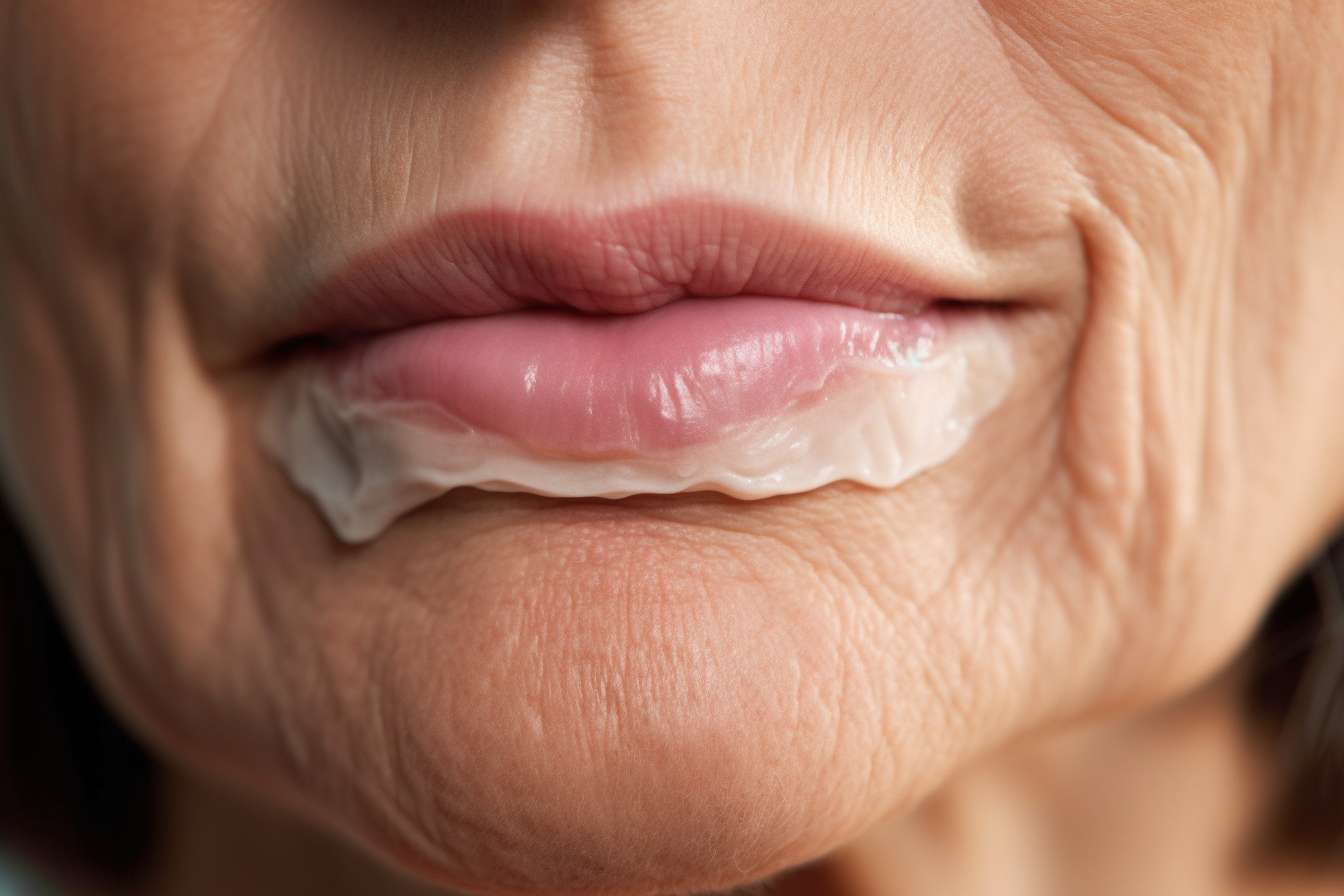Age Spot Treatment Options for Skin, Face, and Hands
Age spots (also called liver spots or solar lentigines) are common, flat, brown or grayish marks that appear where skin has had repeated sun exposure. They most often develop on the face, hands, shoulders, and other sun-exposed areas. This article outlines how age spots form, established and emerging treatment approaches for the skin, specific considerations for the face and hands, topical and in-office options, and when a dermatology consultation is appropriate. The goal is to present clear, evidence-based information without promoting any single product or service.

How do age spots form on the skin?
Age spots result from cumulative ultraviolet (UV) exposure that stimulates clusters of melanin-producing cells (melanocytes) in the epidermis. Over time, these focal increases in pigment become visible as flat, well-defined patches. Genetics, skin type, and a history of sunburns influence susceptibility. Although the term suggests age alone, younger people with significant sun exposure or tanning-bed use can also develop these spots. Preventive habits such as broad-spectrum sunscreen use, wearing protective clothing, and reducing intentional tanning help slow new spot formation.
What treatments are available for the face?
For the face, options range from conservative topicals to in-office procedures. Topical agents—hydroquinone, azelaic acid, retinoids, and certain vitamin C or niacinamide formulations—can reduce pigment over weeks to months when used consistently. Chemical peels (superficial to medium depth) and microdermabrasion remove or exfoliate pigmented layers and may improve appearance. Laser and intense pulsed light (IPL) therapies target melanin and can produce quicker clearing but carry risks such as temporary redness, pigment changes, or scarring, particularly in darker skin tones. Treatment choice depends on spot depth, skin type, lifestyle, and tolerance for downtime.
How are age spots treated on the hands?
Hands are especially prone to age spots because they receive frequent sun exposure and often have thinner skin compared with the face. Superficial topical regimens and sunscreen are useful but may work more slowly on hands. Cryotherapy (liquid nitrogen) is commonly used to remove individual spots on the hands and can be effective, though it may cause temporary lightening or scarring. For multiple lesions, pulsed dye or pigment-targeting lasers and IPL are options offered by dermatology clinics. Because hands are frequently exposed, consistent sun protection after any treatment is critical to reduce recurrence.
What topical options target age spots?
Topical treatments are often the first-line approach due to accessibility and lower risk. Hydroquinone, a melanin synthesis inhibitor, has a substantial body of clinical use and is effective for many people when applied under guidance; concentrations and treatment duration vary. Alternatives include azelaic acid and kojic acid, which have pigment-reducing properties, and retinoids that promote cellular turnover and can help fade spots over time. Over-the-counter products with antioxidants, vitamin C, and niacinamide offer modest benefits and support skin health. Many regimens combine a pigment-inhibiting agent with a retinoid and strict sun protection to prevent darkening and recurrence.
When to consult dermatology about age spots?
See a dermatologist if a spot changes in size, shape, color, or texture, or if there is bleeding, itching, or rapid growth—these signs require evaluation to rule out skin cancer. A dermatology assessment can also determine if a lesion is an age spot versus another condition (for example, seborrheic keratosis). A dermatologist identifies the best treatment plan based on skin type, number and depth of spots, and patient preferences. They can perform in-office procedures (cryotherapy, chemical peels, lasers) and supervise prescription topicals, balancing efficacy with the risk of side effects like irritation or post-inflammatory pigment alteration.
This article is for informational purposes only and should not be considered medical advice. Please consult a qualified healthcare professional for personalized guidance and treatment.
Conclusion
Age spot treatment involves a mix of preventive measures, topical therapies, and procedural interventions tailored to the affected area—skin broadly, the face, and the hands each present different practical and aesthetic considerations. Preventing new spots through sun protection is a key long-term strategy, while chosen treatments depend on factors such as skin type, lesion characteristics, and tolerance for downtime. A dermatology consultation is recommended for atypical lesions or to create a supervised treatment plan that balances results and safety.






